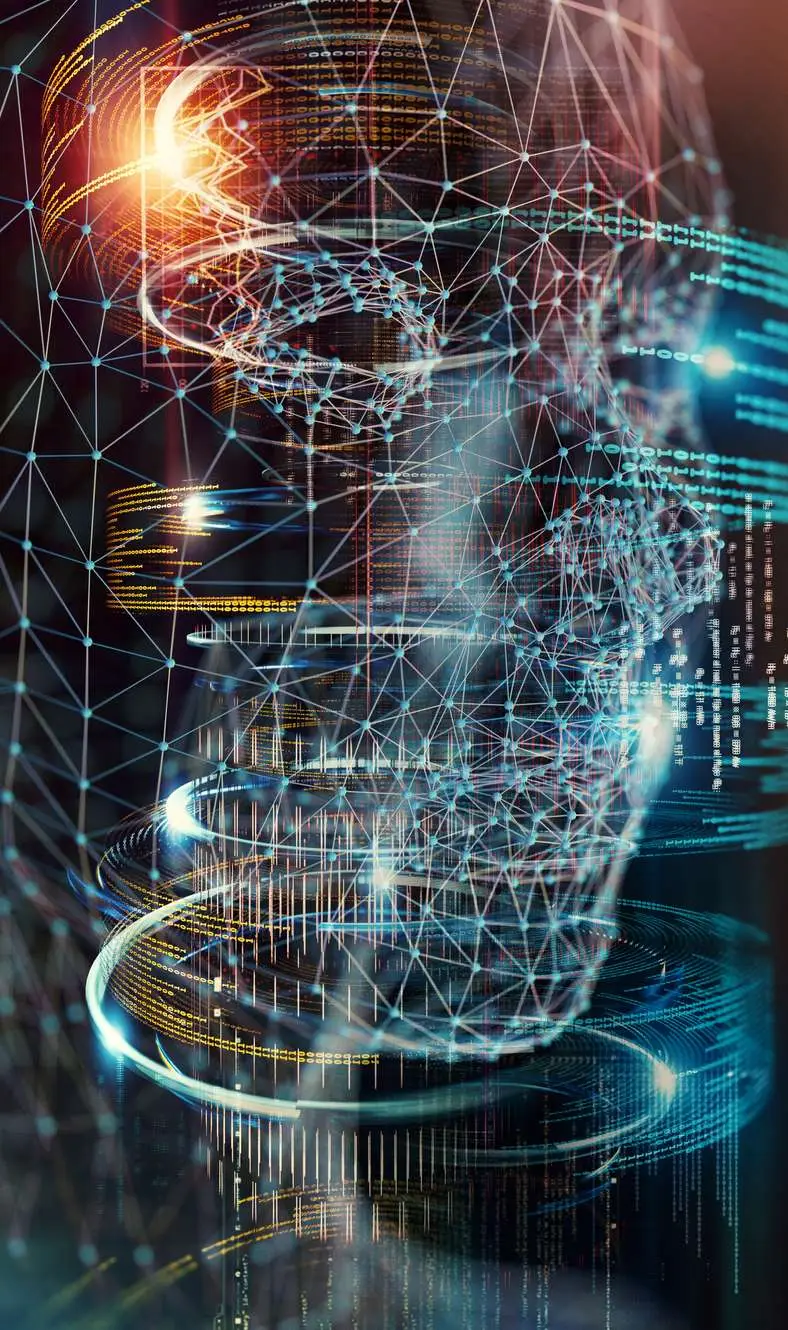The world is in constant flux, evident in the rapid shifts of new social media trends, financial market fluctuations, and technological advancements. The rise of IoT, interconnected devices, and the digital revolution has made life easier and more convenient for businesses, individuals, and corporations. More and more companies are embracing remote work arrangements, supporting the BYOD culture in their mobile workforces, and tapping into the gig economy.
With cloud computing and the digital revolution sweeping the globe, these have also expanded the volume of cybercrime. Cybercriminals are constantly developing new and sophisticated techniques to exploit security vulnerabilities, with the latest cyber attacks becoming more aggressive, relentless, and expensive.
As news of data breach, ransomware and hacks become the norm, staying attuned to the current trends in cyber security is crucial. Organisations can respond accordingly by adopting a stronger focus on prevention rather than merely detection to stay ahead of cybercriminals. In this article, we’ll be highlighting the top eight emerging trends in cyber security consulting so you can understand how they will impact your enterprise strategies in 2023 and beyond.
Hybrid Cloud and Multi-Cloud Security

Machine Learning
Artificial intelligence (AI) is the ability of a computer or machine to learn and perform tasks that would normally require human intelligence. Machine learning (ML) is a subfield of AI that gives computers the ability to learn without being explicitly programmed. ML algorithms are trained on data, and then they can be used to make predictions or decisions without being explicitly told how to do so.
In the early days of machine learning, there were concerns that the models would not be as accurate as human security researchers. However, machine learning models can be trained on massive amounts of data to achieve high levels of accuracy. Additionally, machine learning models can be used to detect unknown attacks that are difficult for humans to identify. Machine learning is a powerful tool for cyber security by using it to identify and profile devices, detect anomalies and zero-day attacks, and sort through complicated situations and scenarios at scale, which is essential in today’s dynamic threat landscape.
IoT Vulnerability
- There are over 7 billion connected IoT devices in the world and that there will be 4 billion IoT devices by 2030.
- Consumer media and internet devices accounts for the single largest IoT revenue segment in 2022 ($101.8 billion).
- Globally, 32% of companies that have adopted IoT consider data security concerns related to the shortage of skilled personnel to be the greatest concern for their IoT ecosystem.
Identity Fabric Immunity (IFI)

How does IFI work?
- Multi-layered authentication: This provides a robust defence against unauthorised access attempts by combining various factors such as biometrics, passwords, and device recognition.
- Decentralised identity management: This distributes the control of identity data across various nodes, reducing the risk of a single point of failure.
- Self-sovereign identity (SSI) integration: This gives users complete control over their identity data, allowing them to selectively disclose information without compromising their privacy.
- Immutable audit trail: This provides a transparent and tamper-proof record of all identity interactions, enhancing accountability and simplifying auditing processes.
- Enhanced privacy and data protection: Personal data is encrypted and access permissions are tightly controlled, ensuring that user data remains confidential and less susceptible to misuse or unauthorised access.
Human-Centric Security Design
Traditionally, building a security culture has revolved around strict industry certifications, policies, laws, and regulations, such as GDPR, ISO 27k, and SOC 2 privacy criteria. Moreover, employees are considered as threats rather than potential allies and champions. These policies are often seen as restrictive and a hindrance to work and productivity.
A human-centric security design means creating security policies and procedures that take into account the needs and limitations of the people who will be implementing and following them. This means understanding that not everyone is equally comfortable with technology, and that some people may need more training or support than others. It also means being flexible and adaptable, and being willing to change security measures if they are not working for the people who are using them.
How to implement a human-centric approach to cybersecurity:
- Security training should be tailored to the needs of the audience, and should be presented in a way that is interesting and engaging.
- Simplify processes by breaking down complex tasks into smaller, more manageable steps.
- Use clear language for security policies and procedures; technical jargon should be avoided whenever possible.
- Align security measures with user workflows so that the user’s work won’t be interrupted or the user won’t be required to take unnecessary steps.
- Employees should have access to ongoing support and resources, so that they can ask questions and get help when they need it.
- Security measures should be flexible enough to accommodate the needs of different people.
- Security professionals should understand the challenges that employees face, and should be willing to work with them to find solutions.
Continuous Threat Exposure Management (CTEM)
Continuous Threat Exposure Management (CTEM) is a cybersecurity approach that employs attack simulations to detect and counter threats in an organisation’s networks and systems. There are many sources of threats, including:
- Social media platforms
- Dark web forums
- Open-source feeds
- Industry reports
- Government advisories
- ISACs (Information Sharing and Analysis Centres)
By proactively assessing security posture and vulnerabilities, CTEM prevents exploitation by real attackers. Organisations can gain insights into the latest trends in cyber security as well as new vulnerabilities affecting their data, infrastructure, and technologies. Gartner’s Predicts 2023 report underscores the shift from threat response to proactive threat exposure management. CTEM is vital to ensuring real-time visibility into emerging threats, streamlined response capabilities, increased efficiency, and reduced costs.
Composable Security
Composable business is an approach to organising and managing a business that allows it to be quickly reconfigured to meet the needs of the current situation. This is done by breaking down the business into independent modules that can be connected and worked together as needed. Gartner outlines its four principles: more speed through discovery; greater agility through modularity; better leadership through orchestration; and resilience through autonomy.
For example, the UK retailer Tesco uses composable systems to create and deploy new applications and services, and respond quickly to changing customer needs and preferences. The streaming service Netflix, on the other hand, uses composable technologies to deliver personalised content to its users. Another example is the e-commerce giant Amazon that uses composable technologies to scale its operations and respond to changes in demand.
Composable security is an emerging cybersecurity trend that integrates security controls into the architectural patterns of each specific module or component of the composable systems and not applied to the entire system. It considers security from the beginning of the design process and not an afterthought. This makes it easier to apply security controls and to update them as needed.
Composable security also applies to all aspects of a business process. This means that security is not just limited to the technology, but also includes the people, processes, and data involved in the business process. By taking a holistic approach to security, composable security can help to protect the entire business from cyberattacks.
Maintain, Secure and Transform Your Cybersecurity Investments
The digital world is constantly evolving, and so are cyber threats. That’s why it’s important to have experts on cybersecurity consulting services that create a secure IT environment for your business to thrive. Speak to an Intelliworx expert now.








